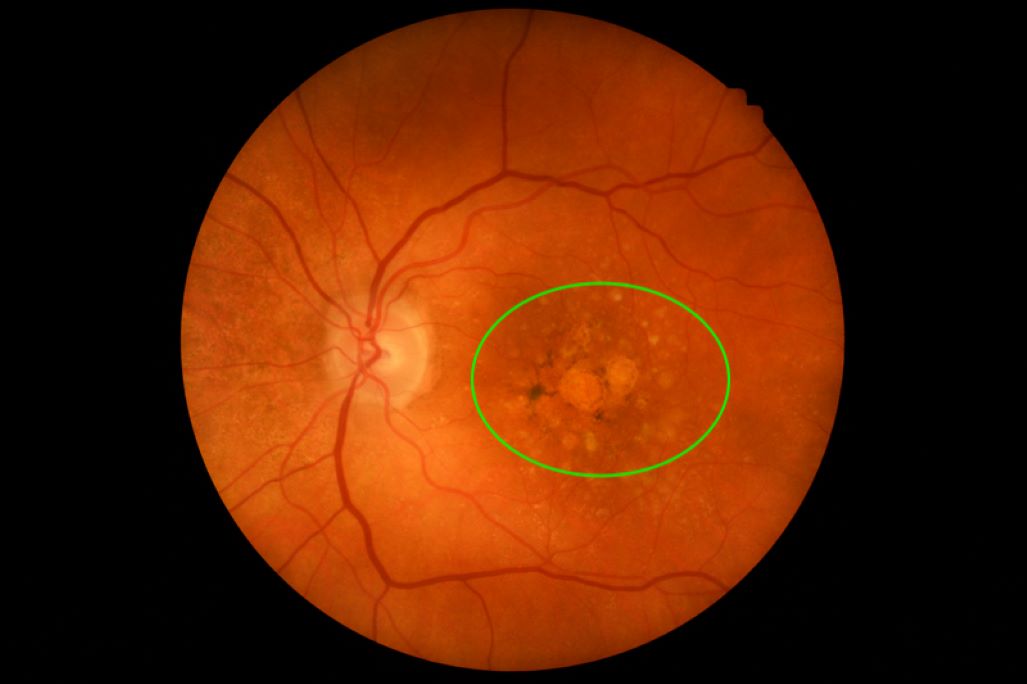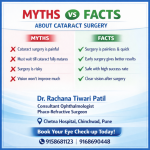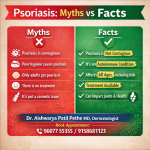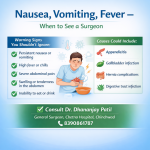What Is the Macula?
The macula is a small but vital area in the center of the retina, located at the back of the eye. It is responsible for central vision and allows us to see fine details. In AMD, this part of the retina gradually deteriorates, making it difficult to perform daily activities that require clear vision.
Types of AMD
There are two main types of Age-Related Macular Degeneration:
Dry AMD (Atrophic):
This is the more common form, accounting for about 85–90% of all AMD cases. It occurs when the macula slowly thins over time as part of the aging process. Vision loss is gradual and often subtle at first.
Wet AMD (Neovascular):
This less common but more severe form is caused by the growth of abnormal blood vessels under the retina. These vessels may leak blood or fluid, leading to rapid damage of the macula and faster vision loss.
Signs and Symptoms
AMD may not show symptoms in the early stages, especially in dry AMD. However, as the condition progresses, you may notice:
Blurred or fuzzy central vision
A dark or empty area in the center of your vision
Straight lines appearing wavy or distorted (metamorphopsia)
Difficulty reading or recognizing faces
Symptoms usually affect both eyes but may not progress at the same rate in each.
Who Is at Risk?
Certain factors can increase your risk of developing AMD:
Age above 50
Family history of AMD
Smoking
High blood pressure or cholesterol
Obesity
Poor nutrition (especially low intake of leafy greens and antioxidants)
Prolonged sun exposure without eye protection
How Is AMD Diagnosed?
An eye doctor can detect AMD during a comprehensive eye exam. Tests commonly used include:
Dilated Eye Exam – to examine the retina and macula
Optical Coherence Tomography (OCT) – to get cross-sectional images of the retina
Fluorescein Angiography – to identify abnormal blood vessels in wet AMD
Amsler Grid Test – to detect visual distortions
Can AMD Be Treated?
There is no cure for AMD, but treatments can help manage the condition and slow its progression:
Dry AMD: Lifestyle changes, nutritional supplements (AREDS formula), and regular monitoring.
Wet AMD: Injections of anti-VEGF medication to stop abnormal blood vessel growth, sometimes combined with laser therapy.
Protecting Your Vision
Early detection is the key to preserving vision. If you’re over 50 or have risk factors, schedule regular eye check-ups. Quitting smoking, managing blood pressure, eating a healthy diet rich in antioxidants, and protecting your eyes from UV light can help reduce your risk.













